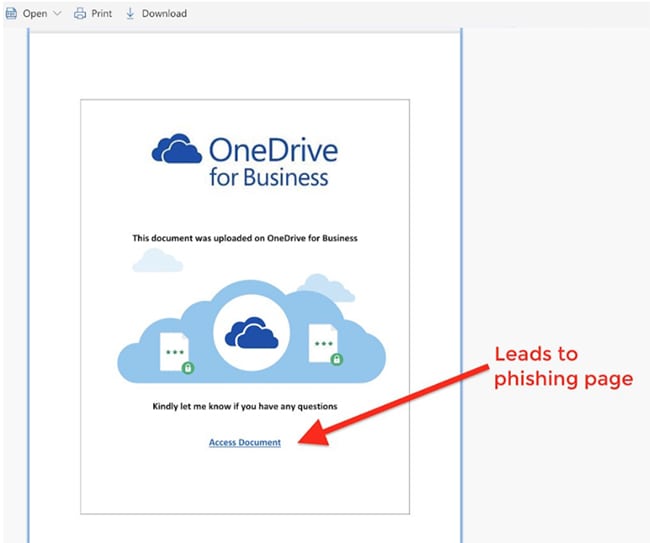Holiday Hours: Our Burlington lobby will be open from 8 AM to 12 PM on 12/24 and 12/31, and closed on 12/25 and 1/1. Our Essex office will be closed the week of 12/22 – 12/26 and on 12/31.
Our Help Desk will be open regular hours throughout the holidays, except on Christmas Day and New Year’s Day. On 12/20 and 12/27, Help Desk hours will be 8 AM to 7 PM.
Need help? Reach us at customerservice@burlingtontelecom.com or 802-540-0007 We’ll get back to you as soon as possible. Happy holidays!


